Signpost From Standing Rock, Now in the Smithsonian Collections, Shows the Power of Solidarity
A new addition to the National Museum of the American Indian links current events to a long and problematic history
Since the dawn of its existence, the United States government has had a contentious relationship with the indigenous peoples who called North America home long before the arrival of the first Europeans. As industry, population growth and the spirit of conquest spurred the citizens of the incipient U.S. westward, Native Americans saw their sacred land overrun, their customs disrespected, their families preyed upon for sport, and their leadership conflicted over how best to deal with it all. Grasping for a concrete way to preserve tribal sovereignty, many turned ultimately to written treaties.
The complex history of these agreements is the subject of the exhibition “Nation to Nation,” currently on view at the Smithsonian's National Museum of the American Indian.
In presenting a small sample of the hundreds of treaties entered into by new “Americans” and Native Americans from the late 17th century on, the exhibition highlights instances of positive cooperation alongside those of shameless coercion and infidelity on the part of the United States (and its colonies beforehand).
The most recent treaty controversy profiled in the exhibition is that surrounding the Dakota Access Pipeline (DAPL), the now-operational southeast-running crude oil channel that sparked uproar in 2016. Last week, Hickory Edwards, a member of the Onondaga Nation who traveled 1,572 miles to stand in solidarity with protestors in the Dakotas’ Standing Rock reservation, donated to the museum a symbolic signpost he had erected at the site.
Covered in dozens of handmade pointer arrows bearing the names of participant’s homes and the distances they covered to the protest camps, the signpost illustrates well the breadth of support—both national and international—for the Sioux Indians denied a voice in the planning of the pipeline, which verges close enough to their tribal land to risk contaminating their drinking water and disrupting their way of life.
“When some people would come to the camp,” Edwards recalls of the protest days, “they’d look around in awe. Where did all these people come from?” The answer, he says, was simple. “We came from everywhere. All around the world, all four corners of the earth.” Speaking on the humble post he planted in the dirt of Standing Rock, whose myriad of custom signs now perfectly embodies his point, Edwards stresses that the symbol is not his alone to claim. “This belongs to everybody,” he says. “I just gave everybody a vessel to express themselves.”
The main treaty at issue in the DAPL case is the Horse Creek (or Ft. Laramie) Treaty, concluded in 1851 in response to the marked increase in east-west settler migration that came with the California Gold Rush. In the text of that document, the U.S. federal government agreed to respect Sioux control of a wide swath of Midwestern land, including much of South Dakota and parts of North Dakota, Nebraska, Wyoming and Montana. And while the scope of that territory has been worn down over the years through follow-up treaties and acts of the U.S. Congress, the Horse Creek Treaty guaranteed the Sioux certain fundamental protections from encroachments on the sanctity of the original territory at any point in the future—provisions which many Sioux believe the Dakota Access Pipeline violates.
Even setting this complaint aside, the pipeline route comes near enough to the current Sioux territory to raise serious questions as to its environmental implications on the day-to-day lives of those living there—particularly in the event of a rupture. For residents of Standing Rock, the purity of drinking water is a spiritual as well as a practical concern.
As Hickory Edwards says, “We’re made out of that same water. Our elders and ancestors were made out of that same water. Seven generations from now, our grandchildren will be made out of that same water.” The thought of crude oil infecting the water of Standing Rock is anathema to the Sioux community. “We feel it’s extremely important to fight for this water,” Edwards says, “for everyone.”
Though oil is now flowing freely along the Stanley, ND-Patoka, IL route—thanks in no small part to the current administration—the national Native American community is not about to abandon its fight for the hazard-free sacred space promised by the Horse Creek accord. Symbols like Edwards’s multicultural signpost have the power to galvanize change, and in time, the Sioux and their allies hope the U.S. government will reform its historically exploitative stance towards Native Americans and sincerely follow through with its vows. As a quote from former Supreme Court justice Hugo Black states in the “Nation to Nation” exhibition, “Great nations, like great men, should keep their word.”
For museum director Kevin Gover, Edwards’s signpost—and the “Nation to Nation” exhibition more broadly—reminds viewers of the immense and often unfair sacrifices made by Native American peoples across history, and the need to uphold pledges made to them going forward if justice is ever to be done.
“These treaties remain in effect,” Gover says, “and all of us as Americans, whether Indian or non-Indian, inherit the obligations, responsibilities and rights that these treaties afforded between the parties.” In Gover's view, each and every U.S. citizen has a responsibility to stand up for what is right when we see unfairness and exploitation playing out around us. “What happens next in this relationship between the Indian nations and the U.S. really is up to us.”
“Nation to Nation” is currently on view at the Smithsonian's National Museum of the American Indian in Washington, D.C. through 2021.
/https://tf-cmsv2-smithsonianmag-media.s3.amazonaws.com/accounts/headshot/DSC_02399_copy.jpg)
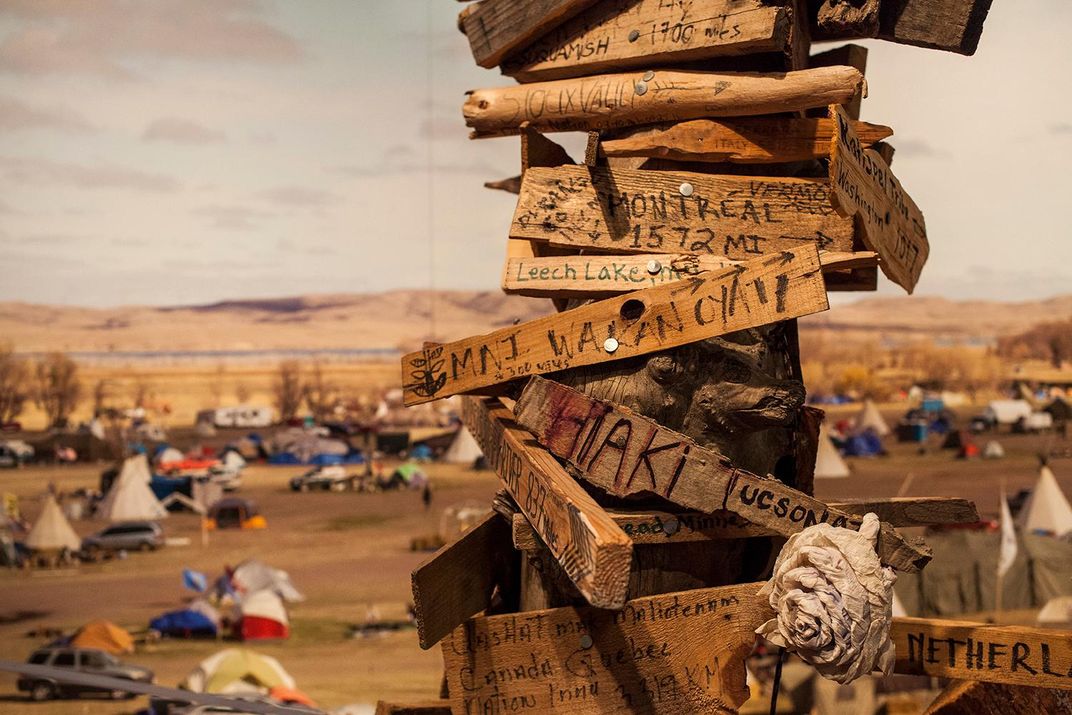
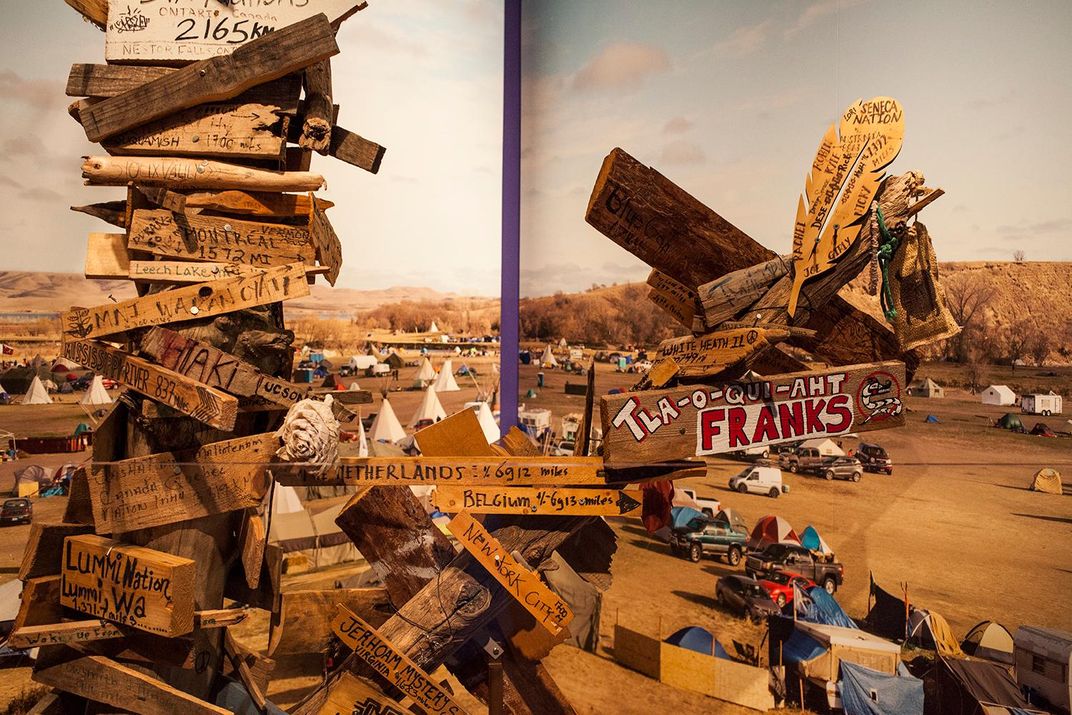
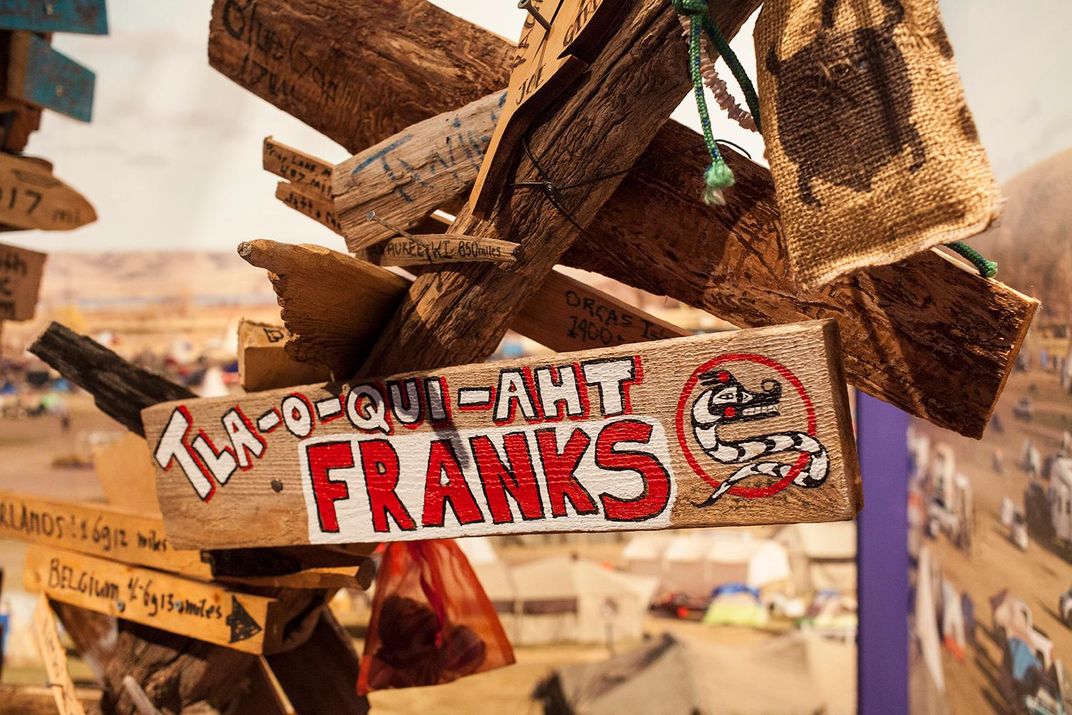
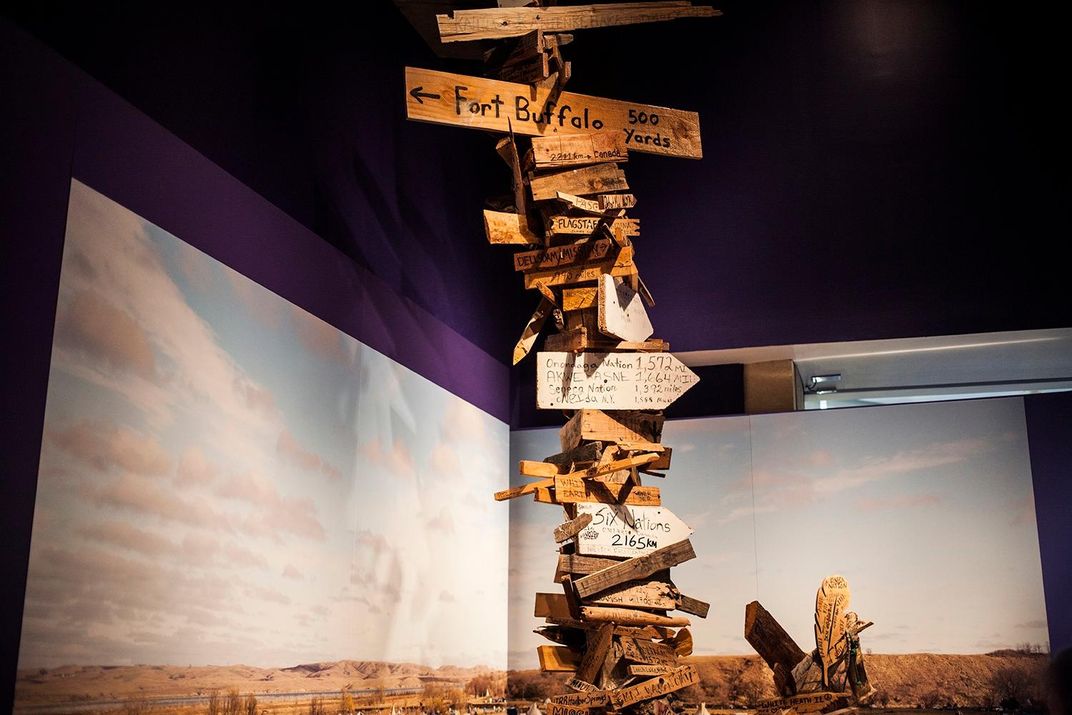
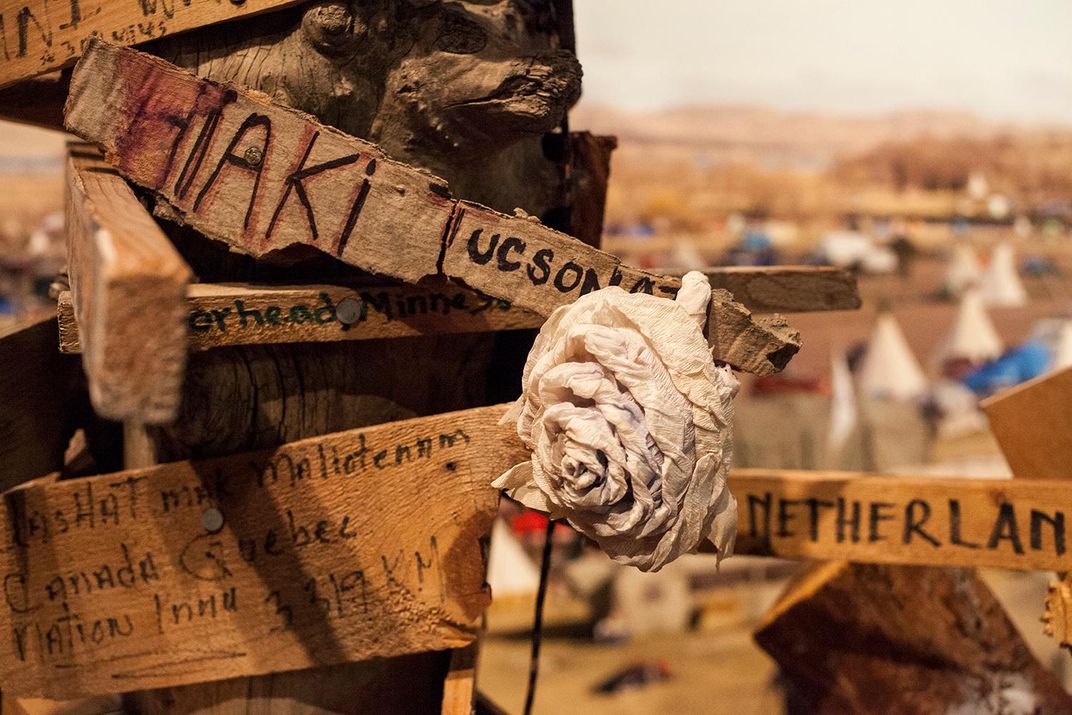
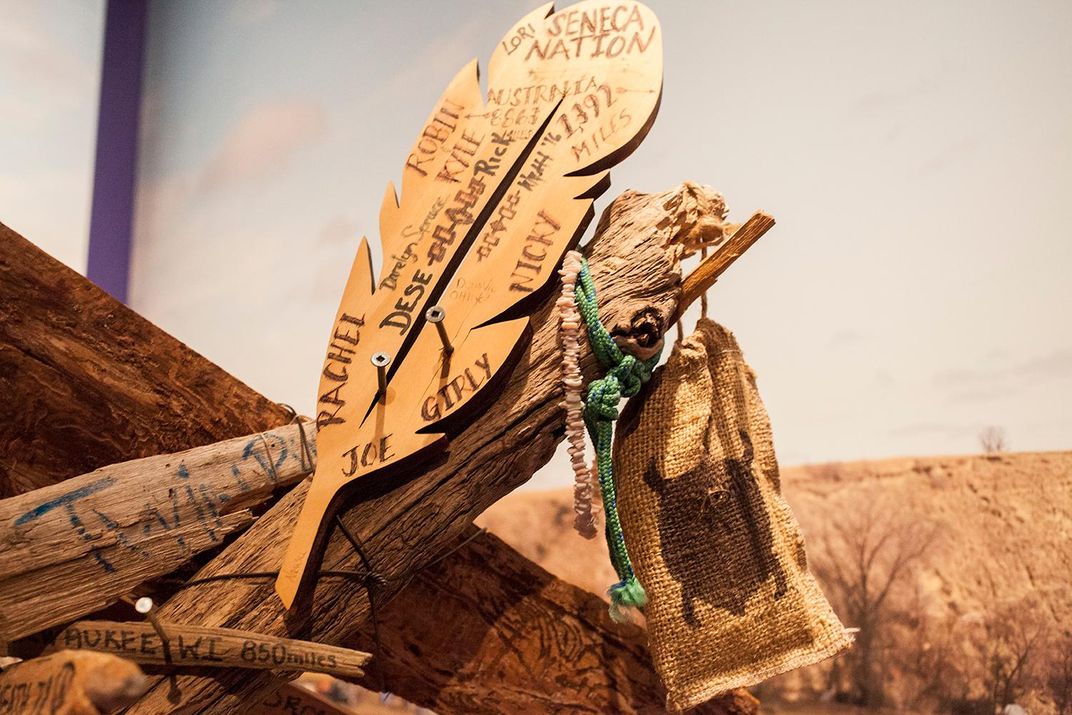
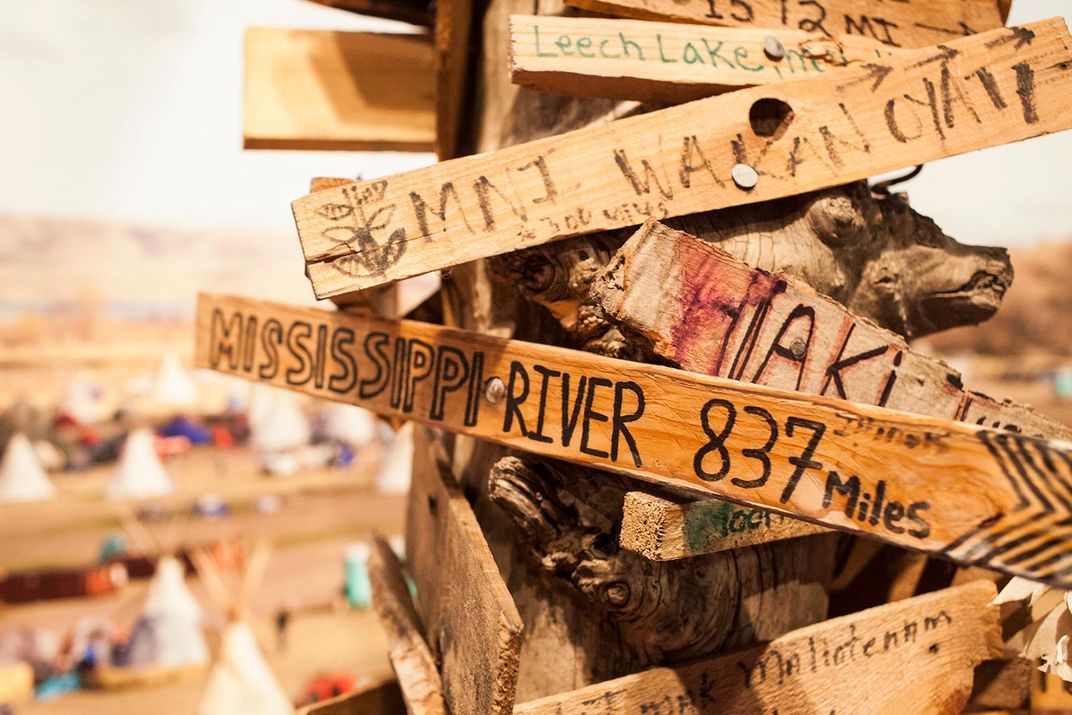
/https://tf-cmsv2-smithsonianmag-media.s3.amazonaws.com/accounts/headshot/DSC_02399_copy.jpg)